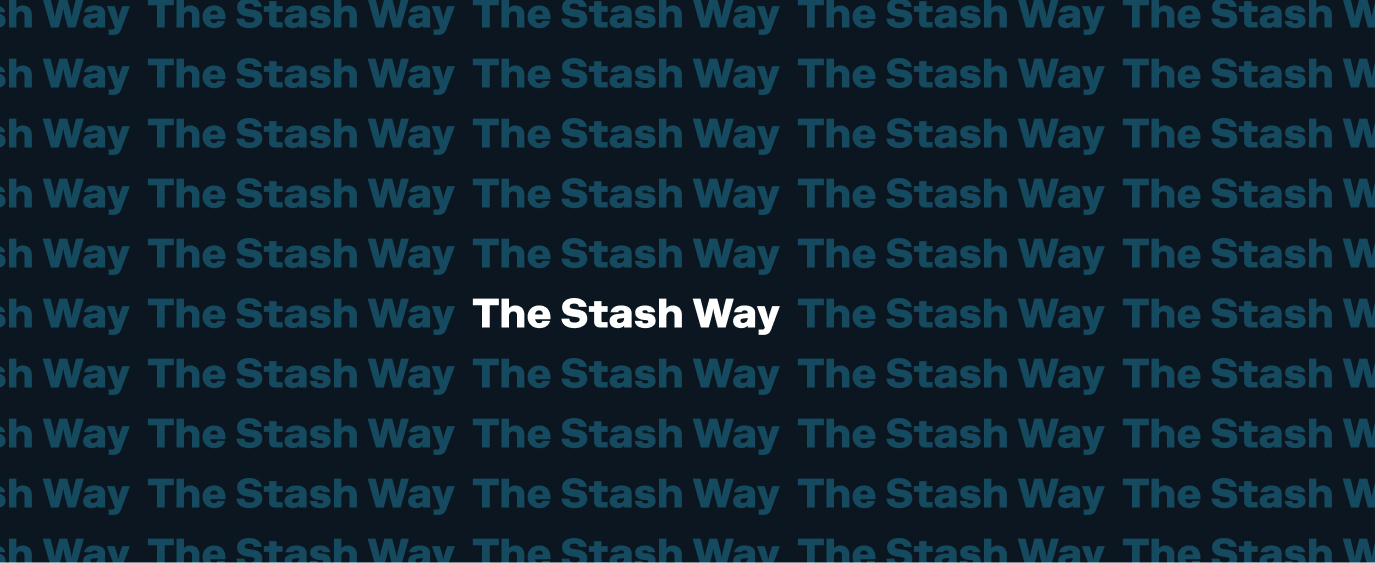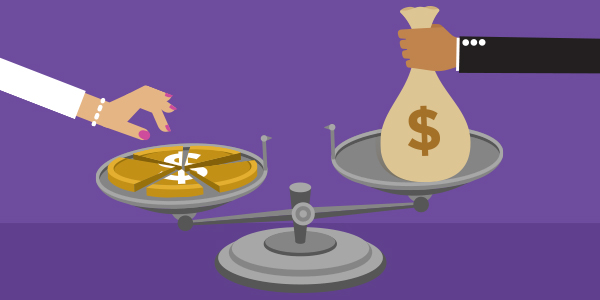-
Q. Why should I be investing in ETFs?
There are so many investing options out there, it can be confusing figuring out where to start. As a new investor, ETFs can be a great place to start your portfolio. With an ETF, you can invest in a variety of different companies or industries without needing to choose just one “winner”.…
-
Q. Investing Glossary
| A | B | C | D | E | F | H | L | M | P | R | S | U | # | A ADR fee ADR stands for American Depository Receipt. An ADR fee is charged on foreign stock investments.…
Didn’t find your question?
Tell us what you’re looking for, and we’ll search for resources that could help.
Ask your question

